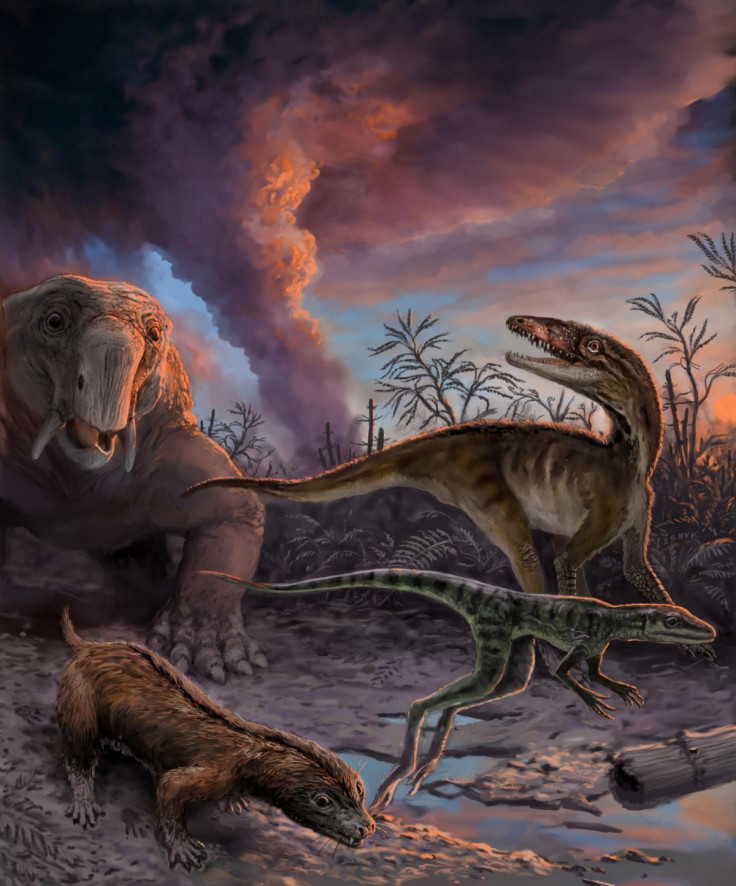Dinosaur relatives younger than previously thought and 'totally unexpected'

A much shorter period of time than previously thought had passed between early dinosaur relatives and the emergence of the large reptiles themselves, a study suggests. A team of scientists from Argentina, Brazil, California and the Natural History Museum of Utah at the University of Utah used radioactive isotope measurements to date zircon crystals that were taken from the Chañares Formation – known for its abundance of fossils of early dinosaur relatives known as dinosauromorphs.
They found the formation and the fossils date back 234 to 236 million years – up to 10 million years younger than previously thought. Randall Irmis, associate professor and curator of palaeontology at the Natural History Museum, said: "To discover that these early dinosaur relatives were geologically much younger than previously thought was totally unexpected."
The Chañares Formation in Argentina is a geological formation, 75m in thickness, which was created by sediments deposited by rivers, streams and lakes during the Triassic Period. "Among Triassic geologic formations containing fossils, the Chañares Formation is a classic. It contains a variety of complete fossil specimens of early dinosauromorphs, which are essentially dinosaur aunts, uncles and cousins," said Irmis.
Lead author Claudia Marsicano from the University of Buenos Aires added: "In other basins, dinosaur precursors, early dinosaurs and faunas dominated by dinosaurs do not all conveniently exist in the same place. In the basin containing the Chañares Formation, you can follow hundreds of metres of sediments back through time. Because of this, the margin of error is very narrow because you can see the complete history all in one basin.
"The Chañares Formation contains tuffs, or volcanic ashes, that can be dated with great accuracy. So in this basin, not only are there many high-quality, complete fossils that allow us to easily identify taxa, but there are also tuffs in between that allow us to date the entire column."
The results, published in the Proceedings of the National Academy of Sciences, call into question the date of other fossil-bearing formations dotted around the globe.
© Copyright IBTimes 2025. All rights reserved.






















